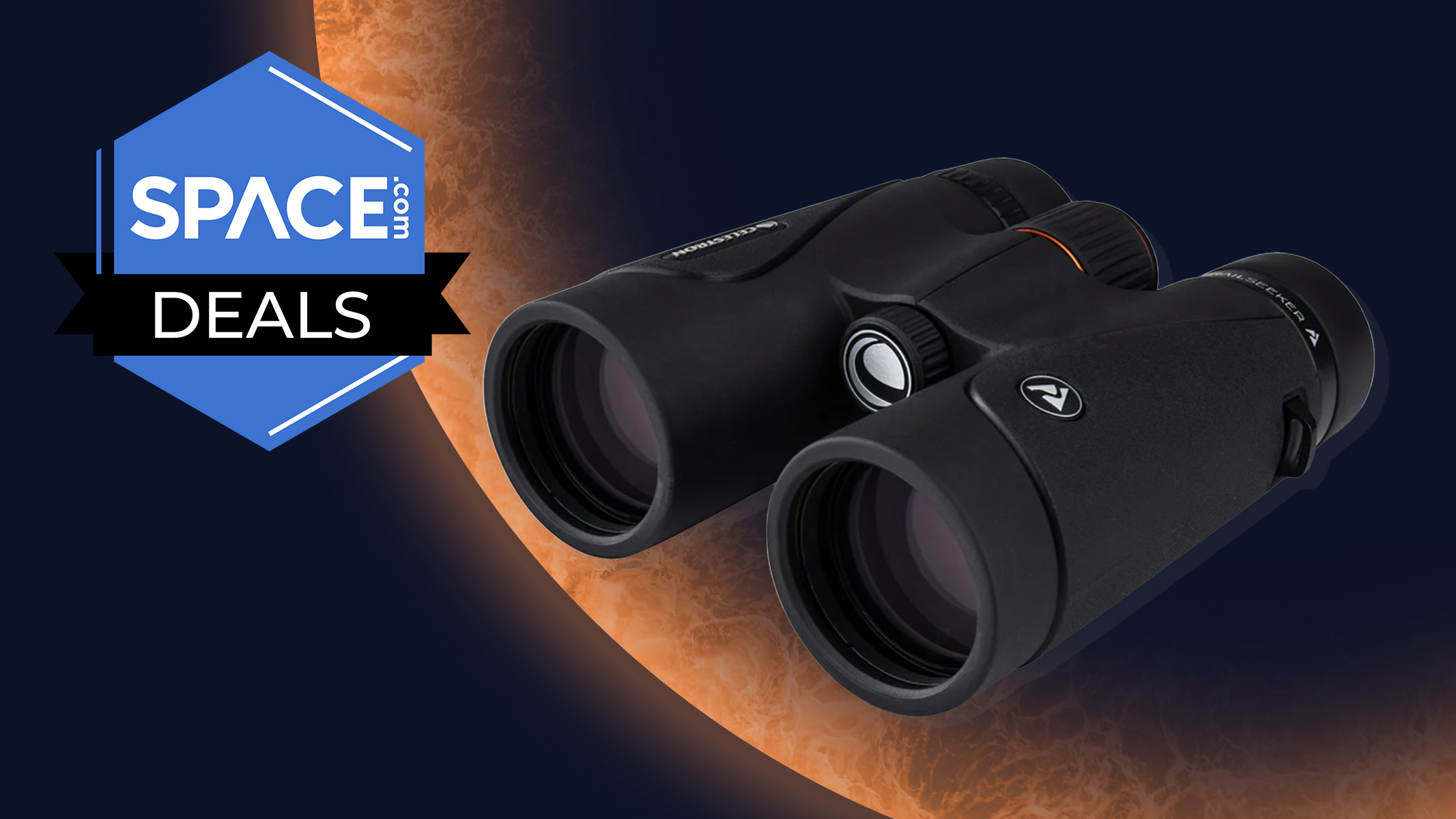The Enduring Mysteries of Comets
Formillennia, comets were believed to be omens of doom. Instead, solving themysteries regarding these "dirty snowballs" could help reveal thepart they played in the birth of life on Earth, as well as secrets concerningthe rest of the galaxy.
Didcomets help create Earth's seas?
For yearsscientists thought comets slamming against the newborn Earth helpeddeliver water to a once dry planet. But roughly a decade ago this view wasshaken by the discovery that the water in comets and Earth's oceans did notmatch up in terms of hydrogen isotopes.
Calculationsthen showed it was highly improbable that enough icy rocks from the suspectedhomes of comets — the Kuiper belt past Neptune and the Oort cloud past that — couldhave collided with Earth to supply its oceans.
In the lasttwo years, however, researchers have discovered comets in the outer part of theasteroid belt. These "main-beltcomets" may have the right levels of hydrogen isotopes, and areperhaps close enough to Earth to have realistically brought us the seas thatlife emerged from.
"No oneknows for certain yet where Earth's oceans came from," said University of Hawaii astrophysicist David Jewitt. "Earth's oceans are likely a mixtureof water from all sorts of places, but the main-belt comets are very likely oneof them."
Where docomets come from?
Breaking space news, the latest updates on rocket launches, skywatching events and more!
Thesuspected homes of comets include the Oort cloud, the Kuiper belt and now theasteroid belt. But are there more reservoirsof comets yet to be found?
The Oortcloud is a theoretical cloud of icy rocks roughly 4.6 trillion miles (7.5trillion kilometers) from the sun thought to be the source of long-periodcomets — that is, ones that take more than a few centuries to complete theirorbits. It was once thought the original home of short-period comets as well,until calculations suggested that was impossible.
About 20years ago, the Kuiper belt roughly 4.6 billion miles (7.5 billion kilometers)from the sun was then proposed to be the home of short-period comets. "Butmeasurements taken in the last few years raise some doubts about that,"Jewitt explained. "Maybe there are other reservoirs of comets yet to bediscovered."
Secretsregarding the birth of the solar system?
Comets werelong thought to be primordial relics, pristine leftovers from theprotoplanetary disk that once surrounded the newborn sun. As such, it wassupposed they might hold secrets untouched for billions of years regarding thebirth of our solar system.
Increasingly,however, it looks as if the comets we see are anything but unspoiled. Instead,"there is good evidence that many of them are nearly burned-outhulks, with neither the size, mass, shape nor spin they might have hadbefore entering the solar system," Jewitt said.
Still,"since comets are icy, they're not entirely cooked, and we may learn a lotregarding the formation of the solar system from chemicals trapped in theirice," he added.
Cometsso close to the sun?
Themain-belt comets are themselvesa mystery. Until their discovery, researchers had largely supposed nocomets could have lasted that close to the sun without getting baked away aftera few centuries or millennia.
Dirtcoatings on main-belt comets could have protected them from sunlight forbillions of years. Every now and again boulders a yard or larger tumbling aroundthe asteroid belt might hit these comets, uncovering their ice and triggeringthe plumes of gas and dust that got them discovered in the first place.
"Weexpect to soon find many hundreds or thousands of main-belt comets,"Jewitt said.
Interstellarcomets?
As oursolar system formed, calculations predict the gravitational pull of the planetswould have scattered 90 to 99 percent of all comets that once orbited the sunaway toward the stars, never to be seen again. "If every star does that,you would expect some of their comets to come toward us, but no such object hasever been seen," Jewitt said.
Still, asastronomical telescopes and techniques improve, Jewitt remains optimistic thatsuch interstellar comets will be detected fairly soon. These comets would provequite distinctive, zipping at great speeds and following trajectoriescompletely unlike the orbits our comets follow.
"Wecould see interstellar comets for the first time in the next few years,"Jewitt predicted. "It would be great if we saw one, especially so if wehad the wherewithal to launch a mission to one, to get samples and study thediversity of comets in an interstellar and galactic context. But we have tofind one first."
- The Greatest Comet Images
- Video: Comets Through Time ... Myths and Mystery
- The Enduring Mysteries of Asteroids
Join our Space Forums to keep talking space on the latest missions, night sky and more! And if you have a news tip, correction or comment, let us know at: community@space.com.

Charles Q. Choi is a contributing writer for Space.com and Live Science. He covers all things human origins and astronomy as well as physics, animals and general science topics. Charles has a Master of Arts degree from the University of Missouri-Columbia, School of Journalism and a Bachelor of Arts degree from the University of South Florida. Charles has visited every continent on Earth, drinking rancid yak butter tea in Lhasa, snorkeling with sea lions in the Galapagos and even climbing an iceberg in Antarctica. Visit him at http://www.sciwriter.us
